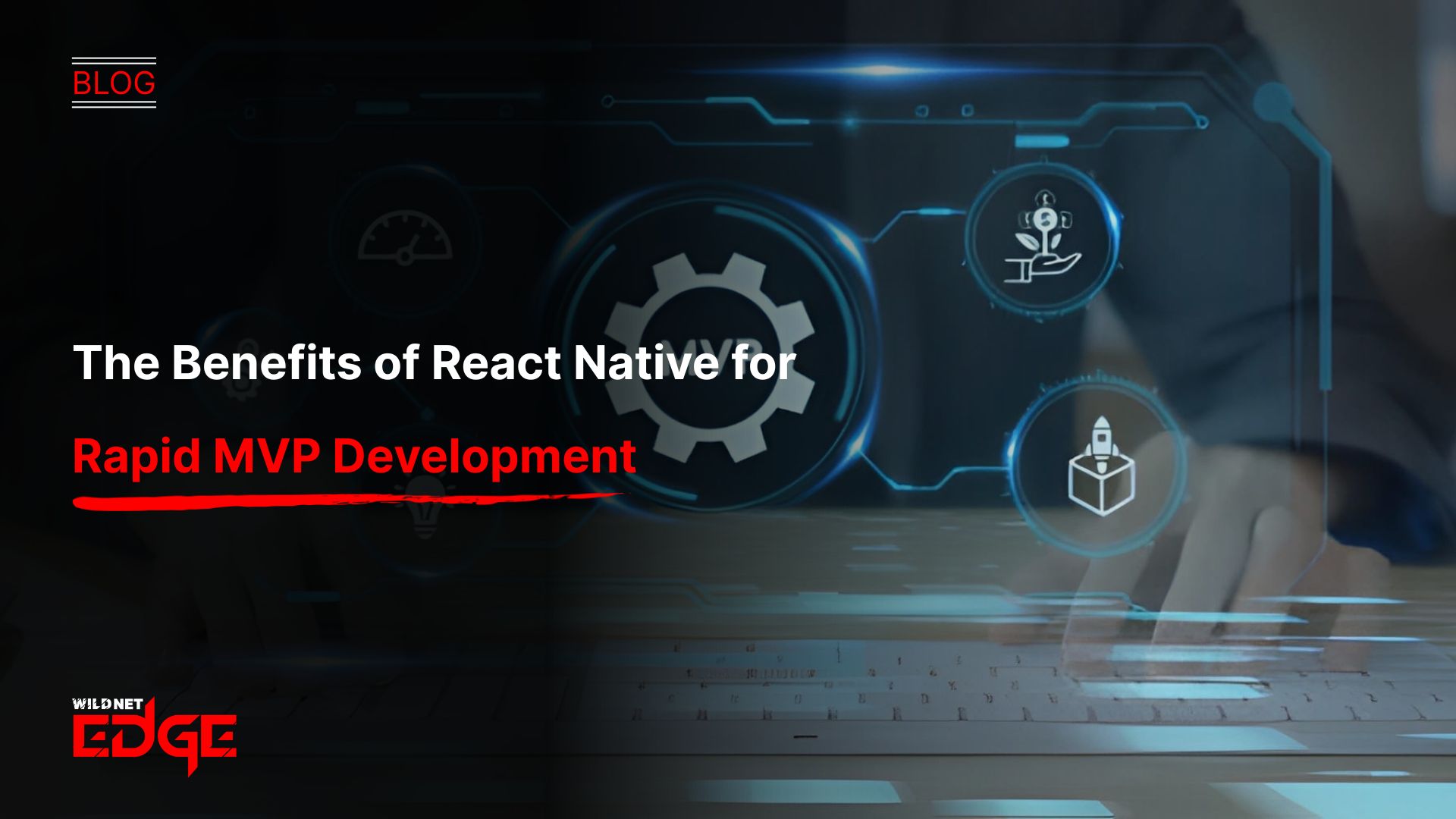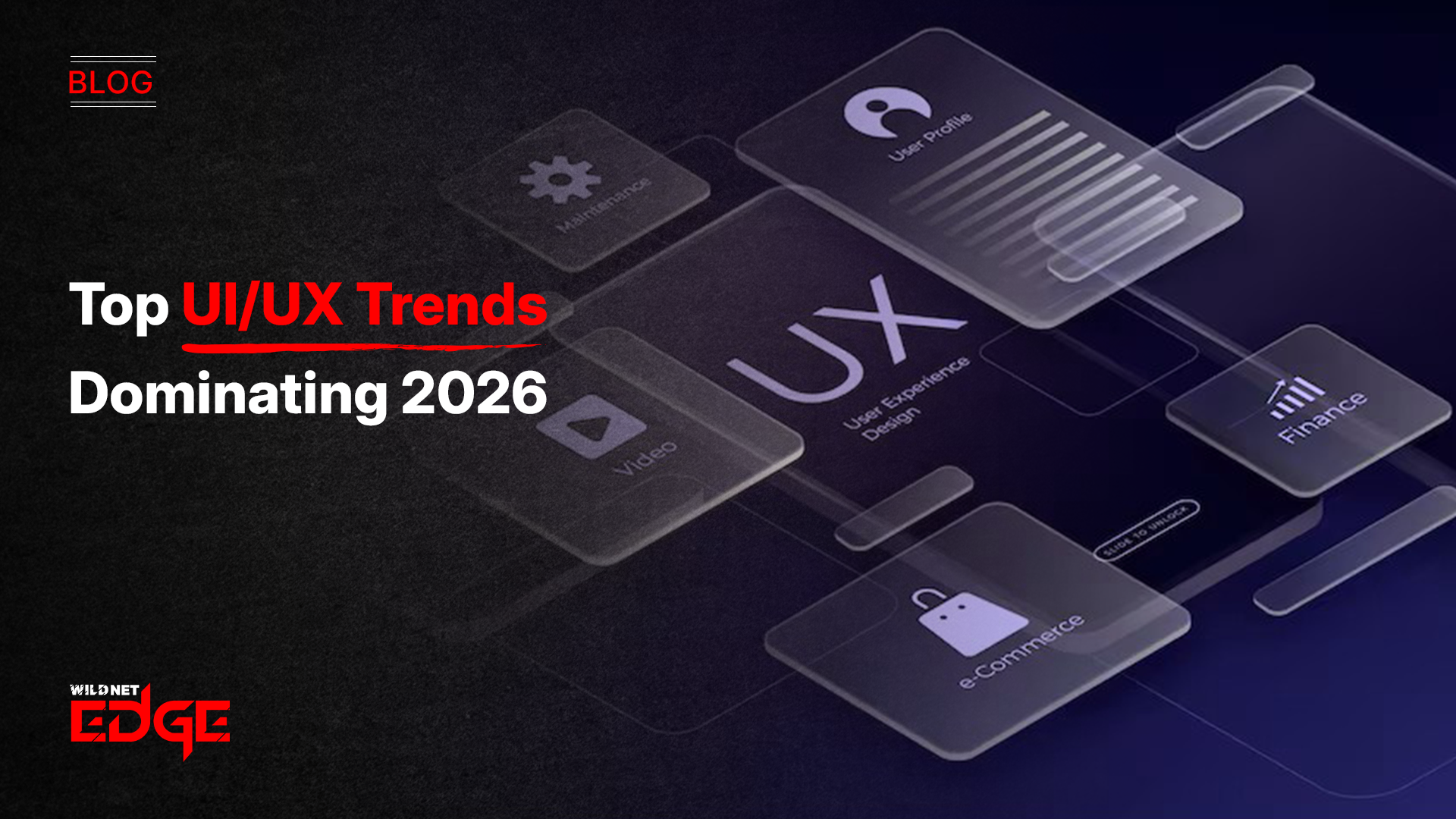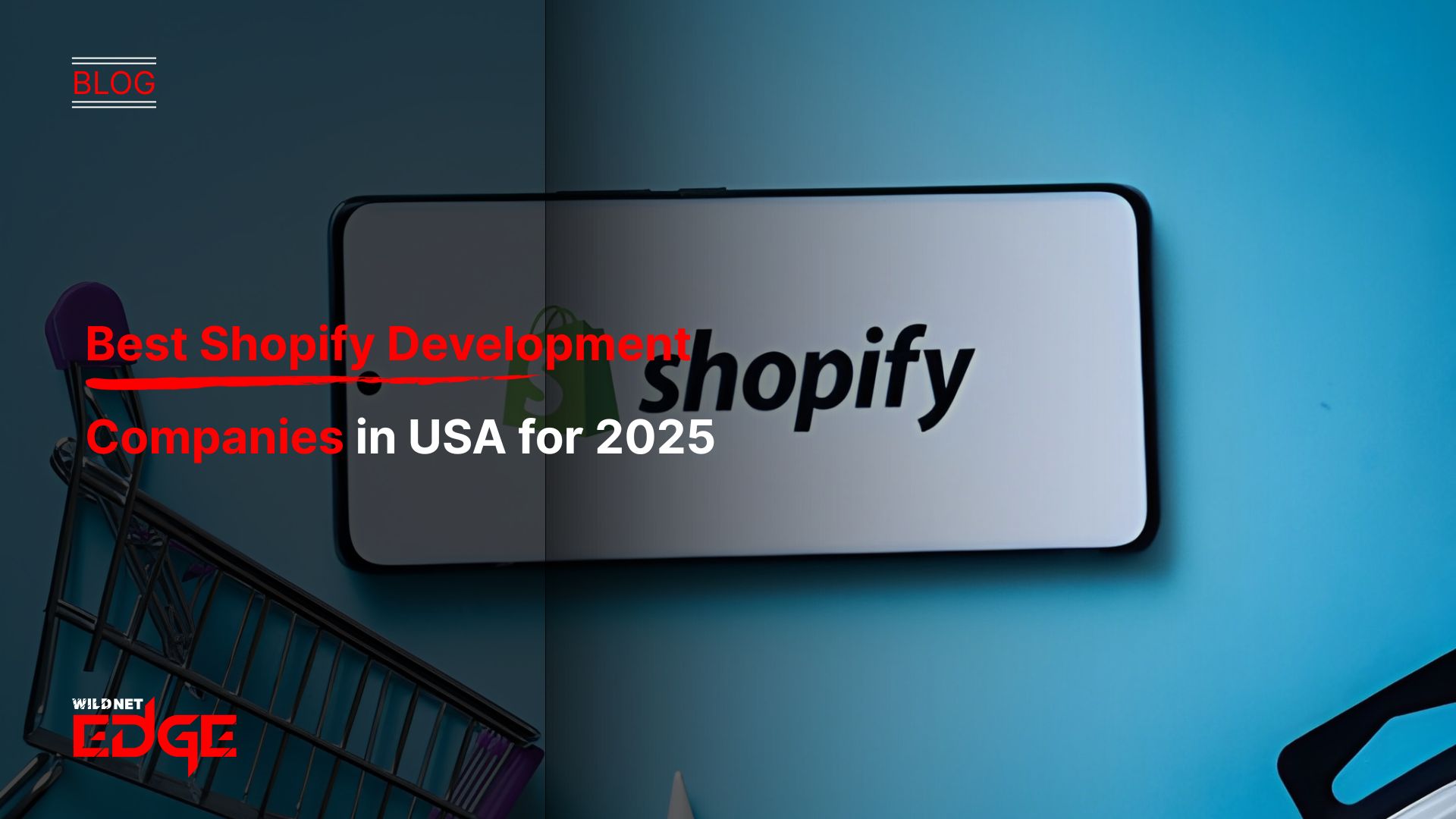TL;DR
This article highlights why React Native is an exceptional choice for Minimum Viable Product development, particularly for startups. It explains that the framework enables rapid app prototyping and building functional cross-platform MVP applications for iOS and Android from a single JavaScript codebase. While acknowledging minor performance trade-offs compared to native apps, the piece concludes that using React Native for MVP builds allows founders to validate their ideas efficiently, conserve resources, and iterate quickly based on user feedback.
Bringing a new app idea to life is exciting but speed, cost, and flexibility often determine success. That’s where React Native for MVP development shines. By allowing startups to build high-quality, cross-platform apps from a single codebase, React Native helps validate ideas faster, reach users on both iOS and Android, and iterate quickly based on real feedback, all without draining resources.
What is React Native?
React Native is an open-source framework developed by Facebook. It allows developers to build natively rendering mobile applications for both iOS and Android using JavaScript and the popular React library. The key differentiator is that React Native uses actual native UI components, which means the resulting app looks, feels, and performs much closer to a truly native application compared to older web-based hybrid frameworks. Its “learn once, write anywhere” paradigm is central to its appeal for rapid app prototyping.
Why React Native is Ideal for MVP Development
When your primary goal is speed, validation, and resource efficiency, React Native offers several compelling advantages specifically tailored to the MVP stage.
Unmatched Development Speed and Efficiency
React Native allows for significantly faster development cycles compared to building two separate native apps.
- Code Reusability: A large percentage of the codebase (often 70-90%) can be shared between the iOS and Android versions. This drastically reduces the amount of code that needs to be written, tested, and maintained.
- “Fast Refresh”: Developers can see the effects of their code changes almost instantly without needing a full app recompile. This feature dramatically speeds up UI development, iteration, and bug fixing, accelerating the rapid app prototyping process.
- Large Ecosystem: React Native benefits from the vast JavaScript and React ecosystem, offering numerous pre-built components and libraries that can speed up development for common features. This is a core benefit offered by any experienced React Native App Development Company.
Significant Cost Reduction
Building an MVP often happens on a tight budget. React Native offers substantial savings:
- Reduced Headcount: You can often utilize a single team of JavaScript/React Native developers instead of hiring separate, specialized iOS and Android teams.
- Fewer Development Hours: The code reuse directly translates into fewer total hours needed to build both versions of the app.
- Simplified Maintenance: Updating one codebase is cheaper and faster than updating two. This makes React Native for MVP builds highly cost-effective.
Cross-Platform Reach from Day One
Validating your idea requires reaching your target audience, regardless of their device preference. React Native allows you to launch your cross-platform MVP simultaneously on both the Apple App Store and Google Play Store. This maximizes your initial reach, allows you to gather feedback from a broader user base, and prevents you from making potentially incorrect assumptions based on data from only one platform. This unified launch is a key advantage of working with a Cross Platform App Development Company.
Near-Native User Experience
Unlike older hybrid frameworks that often felt sluggish, React Native renders using native UI components. This results in a smooth, responsive user experience with performance levels that are very close to native apps for most typical business and consumer applications. While native might still have a slight edge for extremely graphics-intensive tasks, React Native delivers an excellent UX for the vast majority of MVP use cases.
React Native MVP vs. Native MVP: Key Differences
Understanding the trade-offs helps in making the right strategic choice for your startup.
| Feature | React Native MVP | Native (iOS or Android) MVP |
| Platform Reach | Both iOS & Android | Single Platform (or double cost) |
| Development Speed | Faster | Slower |
| Development Cost | Lower | Higher |
| Performance | Near-Native | Highest Possible |
| Codebase | Single (Mostly Shared) | Platform-Specific |
| Ideal For | Rapid validation, budget constraints, broad initial reach | Platform-specific features, highest performance needs |
Key Considerations for Your React Native MVP
While React Native offers many benefits, successful implementation requires careful planning:
- Define “Minimum” Ruthlessly: Focus only on the core features needed for validation. Avoid feature creep.
- Prioritize Core UX: Even though it’s an MVP, the core user flow must be intuitive and polished.
- Plan for Native Modules (If Needed): If your MVP absolutely requires deep integration with a highly specific native feature, plan for the potential need to build a native “bridge.”
- Choose an Experienced Partner: Working with a team that has deep expertise in React Native best practices is crucial for achieving optimal performance and avoiding common pitfalls. Selecting the right MVP Development Company is key.
Case Studies
Case Study 1: A Social App for Event Discovery
- The Challenge: A startup needed to quickly launch an app allowing users to find local events and connect with attendees. They had a limited seed round and needed to prove user engagement on both iOS and Android.
- Our Solution: We used React Native to build the cross-platform MVP. The focus was on core features: event listing, user profiles, and a simple check-in function. Fast Refresh enabled rapid iteration on the UI based on founder feedback.
- The Result: The MVP was launched on both app stores in just 4 months. The cost savings allowed the startup to allocate more budget to initial user acquisition campaigns. The early engagement metrics were strong enough to secure follow-on funding.
Case Study 2: An Internal Tool for a Sales Team
- The Challenge: A company needed a simple mobile app for its sales team to quickly access product information and log meeting notes while on the road. The team used a mix of company-issued iPhones and personal Android devices.
- Our Solution: We developed the internal tool using React Native, ensuring a consistent experience regardless of the device. The shared codebase simplified integration with their existing Salesforce CRM.
- The Result: The app was rolled out quickly and adoption was high due to the consistent UI. Updates and maintenance were significantly easier for their internal IT team compared to managing two separate native apps, showcasing the efficiency of React Native for MVP builds in an enterprise context.
Our Technology Stack for React Native MVPs
We utilize a modern stack optimized for speed and quality.
- Language: TypeScript (preferred), JavaScript
- Core Framework: React Native
- State Management: Zustand, Redux Toolkit, MobX
- Navigation: React Navigation
- UI Libraries: React Native Elements, NativeBase
- Backend: Firebase, Supabase, Node.js
Conclusion
Thus, React Native for MVP development offers a compelling strategic advantage. It combines the speed and cost-efficiency of cross-platform development with the high-quality, near-native user experience demanded by today’s mobile users. By utilising rapid app prototyping capabilities and reaching the entire mobile market from day one, React Native empowers founders to learn faster, conserve resources, and build a stronger foundation for long-term success.
Ready to accelerate your journey from idea to validated product? At Wildnet Edge, our AI-first approach enhances our Mobile App Development Services. We build intelligent, high-performance React Native MVPs designed to help you find product-market fit faster. Let’s build your vision.
FAQs
While project-dependent, you can often expect a 30-50% reduction in the overall development timeline when using React Native to target both iOS and Android simultaneously compared to building two separate native applications.
For the vast majority of applications, users will not be able to tell the difference. React Native uses native UI components, resulting in an authentic look, feel, and performance that is very close to native.
React Native excels for content-driven apps, social networking apps, eCommerce apps, internal business tools, and many types of utility apps where leveraging native UI components and rapid iteration are key.
While generally excellent, React Native might not be the absolute best choice for graphically intensive 3D games or apps requiring extremely complex, low-level background processing or heavy CPU computations directly on the device. However, these are rarely the focus of an MVP.
Yes, React Native apps are highly scalable. Many large, successful apps (like Facebook, Instagram, Shopify, Tesla) use React Native extensively. A well-architected React Native MVP provides a solid foundation for future growth and feature expansion.
A large community means abundant resources: extensive documentation, numerous third-party libraries to accelerate development, readily available solutions to common problems, and a larger talent pool of developers to hire from as you scale.
React Native allows developers to easily detect the operating system and apply platform-specific styles or even use different components if needed.

Nitin Agarwal is a veteran in custom software development. He is fascinated by how software can turn ideas into real-world solutions. With extensive experience designing scalable and efficient systems, he focuses on creating software that delivers tangible results. Nitin enjoys exploring emerging technologies, taking on challenging projects, and mentoring teams to bring ideas to life. He believes that good software is not just about code; it’s about understanding problems and creating value for users. For him, great software combines thoughtful design, clever engineering, and a clear understanding of the problems it’s meant to solve.
 sales@wildnetedge.com
sales@wildnetedge.com +1 (212) 901 8616
+1 (212) 901 8616 +1 (437) 225-7733
+1 (437) 225-7733































